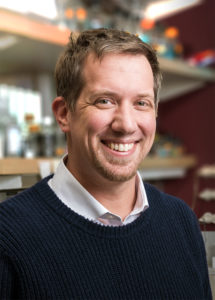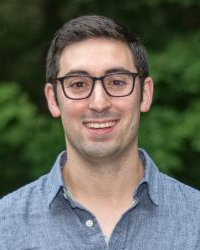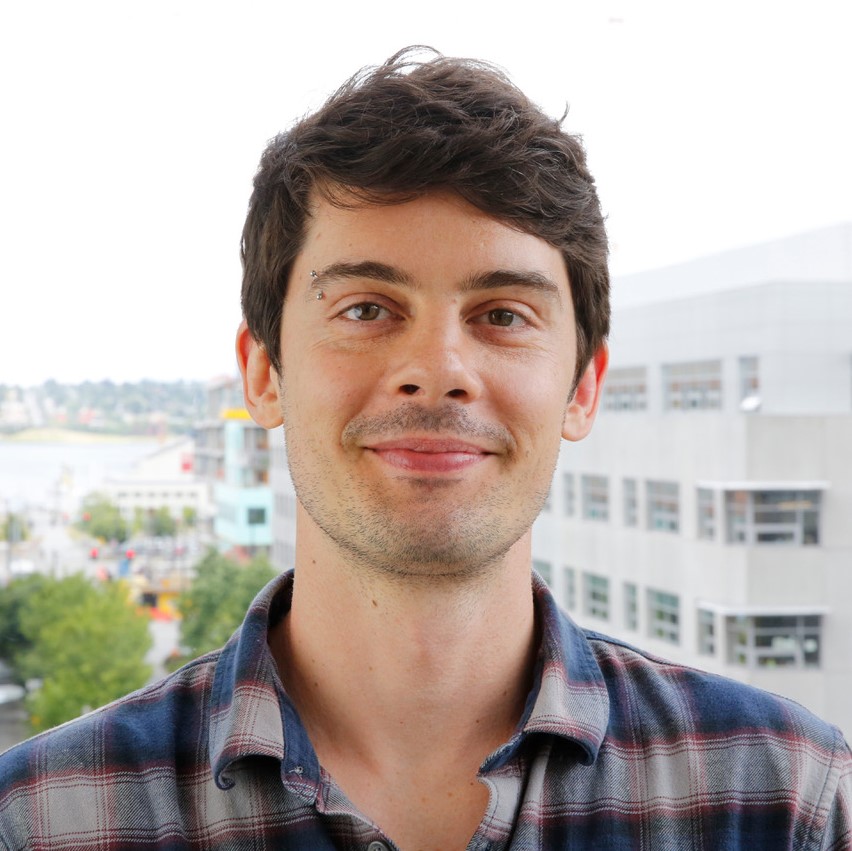
We harness our understanding of organic chemistry, polymer chemistry, and supramolecular chemistry to design stimuli-responsive materials for life science applications. Our current focus areas include polymer-living cell composite materials (also known living materials) and polymers to create anatomical models for human tissue. Our approach is to utilize the stimuli-responsive behavior of the materials to facilitate their fabrication or patterning. We are an interdisciplinary team of researchers, and our methods include polymer synthesis, rheological characterization, culturing microbes, and 3D printing. Read More

Jonathan Liu’s research interests are nanoparticle contrast agents, molecular imaging, biophotonics, immunofluorescence microscopy, in vivo microscopy, 3D microscopy, and cancer biomarkers. Read More

Our group aims to understand and control the enzyme families involved in intracellular signal transduction. The final goal of these studies is to identify new molecular targets for the treatment of human disease. We integrate techniques from organic chemistry, biochemistry, protein engineering, proteomics, and cell biology to develop new tools that provide a greater understanding of diverse signaling processes. Our technological innovations seek to address the limitations of currently existing methods for studying these highly dynamic cellular events. Furthermore, we are using these tools to answer a number of fundamental questions in biology. Read More

The Maibaum Group uses the tools of computational modeling and statistical mechanics to understand mechanisms of biophysical processes and to design novel biomimetic materials. One focus of our work is the emergent spatial organization of cellular membranes and their response to external stimuli such as bending or protein binding. Another recent example is the incorporation of azobenzene groups into DNA, which allows control over DNA hybridization and opens a new route towards designing photo-responsive materials. Read More

My laboratory aims to decipher and manipulate the molecular mechanisms by which mammalian cells establish and utilize higher-order chromatin structures, with an emphasis on the interplay between noncoding RNAs (ncRNAs) and nuclear architecture. Towards this end, we are developing a suite of novel technologies for probing and exploiting ncRNA function in situ, including methods for targeting artificial ncRNA devices to chromatin. Combined with an array of biochemical, genomic, and chemical biological techniques, we aim to elucidate the mechanisms by which ncRNAs influence nuclear organization at all levels. Read More

Our lab focuses on the structural analyses of glycoproteins and carbohydrate – protein interactions. We also develop new technologies for characterization and tracking of carbohydrates by mass spectrometry that sometimes includes instrument modification and software development. Read More

Our team addresses the increased interplay between physical organic chemistry and material science that will undoubtedly give rise to the next generation of advanced macromolecules for applications in biomedicine and engineering. Rooted in structure and mechanism, work in the group tackles challenges in macromolecular synthesis across a variety of scales. Some representative goals include the development of novel methods to access cyclic polymers, the development of new approaches towards reconfigurable polymer networks, and the construction of force-responsive soft materials. Students will be trained across organic synthesis and polymer chemistry, with ample opportunity for cross-disciplinary collaboration involving bioengineering and materials science! Read More

Our lab studies the ecology and evolution of microbial communities. In particular, we are interested in how host-associated bacterial communities influence the health and wellness of the host organism. We design computational and wet-lab tools for studying these complex systems. Ultimately, we aim to develop targeted ecological therapeutics for engineering the ecology of the gut microbiome to improve human health. Read More

The Baliga Lab develops predictive models to explain, predict and manipulate complex biological behaviors in order to catalyze strategies for personalized medicine, formulating effective therapies for tuberculosis, and crafting solutions for a sustainable environment. Interaction with the environment is central to how information within our DNA is decoded into observable phenotypes. Dr. Baliga and his laboratory are using a multidisciplinary systems approach to understand this process. Once delineated, the engineering principles governing assembly of biological systems will help unlock potentials within diverse organisms, and enable spectacular solutions for problems in environment, global health and medicine. Read More

Our group focuses on designing sustainable materials. Through a holistic approach we develop bioplastics, biocomposites, and environmentally friendly structural materials sourced from biological building blocks, and specifically from biopolymers. Our work involves the study of diverse organisms from algal, bacterial, and plant kingdoms, aiming to leverage their inherent biopolymer composition and hierarchical structure for innovating new materials. Our focus on circularity includes utilizing carbon-negative biological materials, minimizing energy-intensive processing, and enabling end-of-life strategies. We investigate the relationship between structure, processing, mechanical properties and environmental impacts aiming to engineer materials with tailored performance and a reduced environmental footprint. Read More